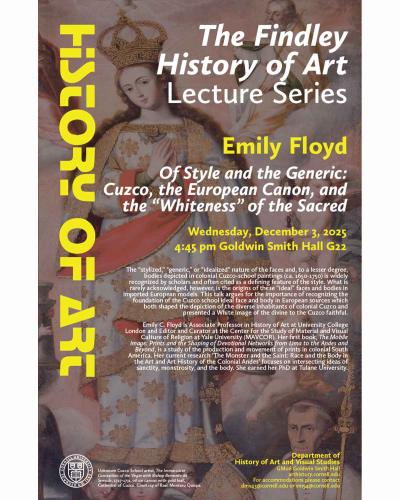
 Department Homepage
The College of Arts & Sciences
Department Homepage
The College of Arts & Sciences
Book explores Latin American modernity, technology
The impact of technology on modernity has been a worldwide phenomenon, but Western art historians tend to ignore the “global south” – less developed countries – as María Fernández explores in her new edited work, “Latin American Modernisms and Technology.”



